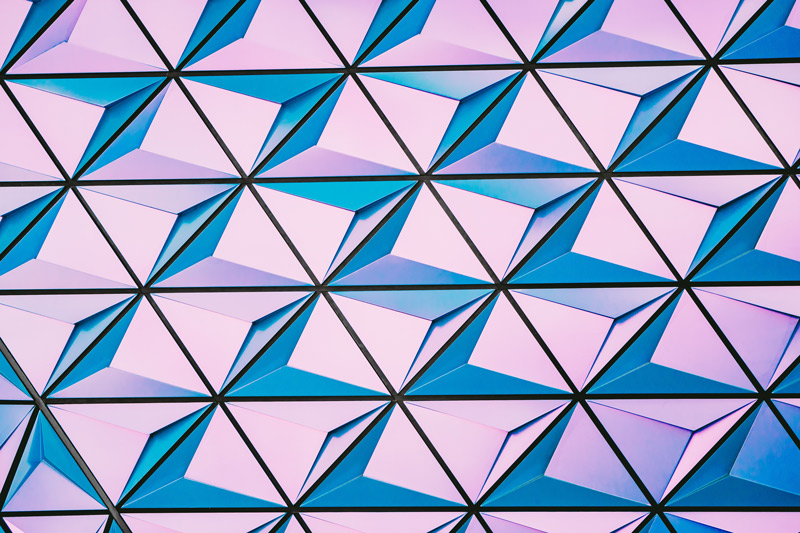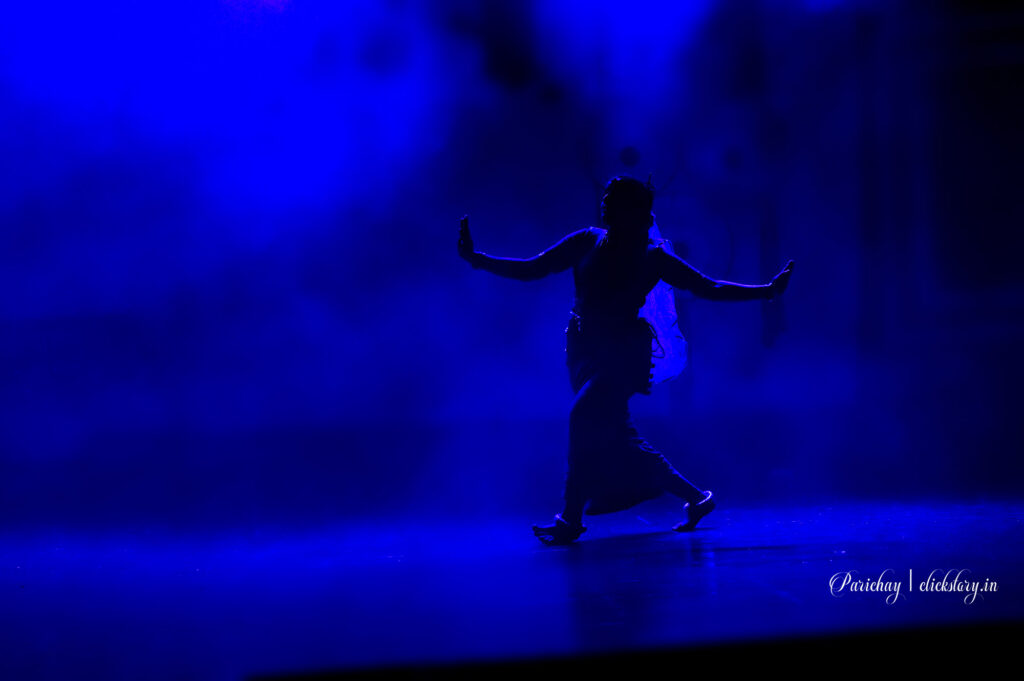Shape plays a vital role in photography. It is quite complex. It is one of the elements of art. Now the question arises in the mind “what is a shape?” Recall the line definition. The line means a point that continues. And, when the line meets, it forms a shape. The definition differs from the real world to the photography world. Because, in reality, human beings are witnessing the whole world in the form of three-dimensional (3D) shapes. But the photographic world represents shapes in two-dimensional (2D).

Photographic angle and shape
Viewers can observe the structure of an object differently based on the framing concept in photography. It turns a familiar shape into an unrecognized one based on the viewpoint of photographers, for example, an apple’s picture front shoot is usual or common look but the top shot or low shot makes the shape differences of the same apple.
Various shapes intersect or overlap creating a new shape. Generally, the shape occupies some space and is made with lines and colors. In photography, shapes are based on only width and length.

Note
Three Dimensional or 3D images consist of width, length, and depth. Two Dimensional or 2D images consist of width and length.
When a 3D image transforms into a 2D image, the depth of the shape is eliminated. Therefore, a photographer set the composition, light, and frame in such a creative way to produce a normal view in the viewers’ minds.
Various shapes
There are two types of shapes available in the real world. A) Organic B) Geometric.
Organic shape: which are available in nature are called organic shapes. They are mostly curved and irregular pattern. For example, the structure of a bird, flower, mountains, etc. It gives a calmness and a feel-good factor working in the viewers’ minds.
Geometric shape: Most common forms are circle, square, triangle, and rectangle. In the real world, geometric structures are prominent and found everywhere. These are created by human beings. The geometric patterns convey a specific message to the human mind. For example, a circle conveys energy and movement. Because the circle line is never-ending. Squares and rectangles give a feeling of stability and solidity. Because the points are connected firmly and straight. The pattern of the triangle can be upward facing. It implies stability in the viewers’ minds whereas the downward and sideways triangle represents depression, tension, etc. Both are guiding the viewers’ to reach the optimum or dramatic portion of the photograph.

Types of geometric shape
A) Hard geometry: the shape which has hard edges and is man-made known as hard geometry. For example, buildings, towers, high roads, skyscrapers, etc.
B) Soft geometry: It conveys geometric shapes which are not as strong as the first one. These types of shapes are mainly found in nature. Here it is not the prime factors in photography compositions. If the viewers carefully watch the photograph (for example, landscape, skyscraper, mountains, rivers, etc.) they could find it, or else the prime focus will be the objects.
Silhouette
Silhouette also creates a shape which is 2D in the real world. It is either a backlight object or a dark object against a lighter background. When the light changes and shines from the front across the surface, it starts to create a 2D image into a 3D image.
This strategy observes by photographers for a long time and creates their composition with light and shadow to add some depth to the 2D image. When shape add depth in a photograph it turns into form. For example, portrait lighting with 45 degrees, 90 degrees, and Rembrandt lighting.

In photography, it plays a vital role in a photograph. Hence, the photographers’ are always alert about the optimum use of it either obvious or abstract to draw the attention of the viewers.
You might be interested to read the photography elements like line and texture.
Acknowledgement: various photography related websites and pexels

overwhelmed
lovely article